Japanese Persimmon Planting: Tips For Growing Kaki Japanese Persimmons
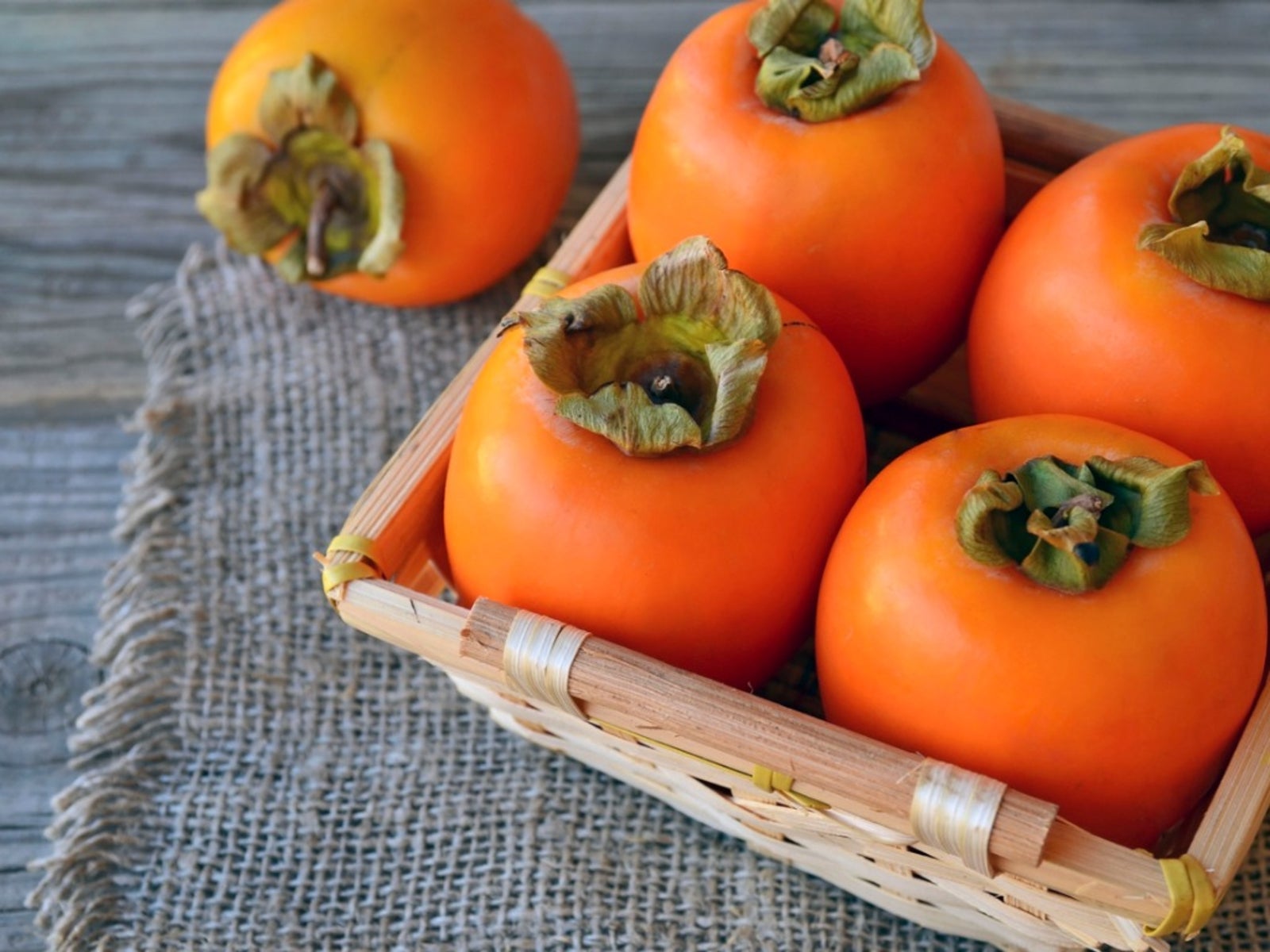
Species related to the common persimmon, Japanese persimmon trees are native to areas of Asia, specifically Japan, China, Burma, the Himalayas and Khasi Hills of northern India. Early in the 14th century, Marco Polo mentioned Chinese trade in persimmons, and Japanese persimmon planting has been done off the Mediterranean coast of France, Italy and other countries, as well as in southern Russia and Algeria for over a century. Japanese persimmon tree also goes by the name kaki tree (Diospyros kaki), oriental persimmon, or Fuyu persimmon. Kaki tree cultivation is known for its slow growing, small tree size and production of sweet, juicy non-astringent fruit. The growing of kaki Japanese persimmons was introduced into Australia around 1885 and brought to the USA in 1856. Today, kaki tree cultivation occurs throughout southern and central California and specimens are commonly found in Arizona, Texas, Louisiana, Mississippi, Georgia, Alabama, Southeast Virginia and northern Florida. A few specimens exist in southern Maryland, eastern Tennessee, Illinois, Indiana, Pennsylvania, New York, Michigan and Oregon but the climate is a bit less hospitable for this cultivar.
What is a Kaki Tree?
None of the above answers the question, "What is a kaki tree?" Japanese persimmon plantings produce fruit, prized either fresh or dried, where it is referred to as Chinese fig or Chinese plum. A member of the Ebenaceae family, growing Japanese kaki persimmon trees are vibrant specimens in the fall after the trees has lost its foliage and only its brightly colored yellow-orange fruit is visible. The tree makes an excellent ornamental, however, the dropping fruit can make quite a mess. Kaki trees are long living (fruitful after 40 years or longer) with a round topped open canopy, an erect structure often with crooked limbs, and attaining a height of between 15-60 feet (4.5 -18 m.) (more likely around 30 feet (9 m.) at maturity) by 15-20 feet (4.5-6 m.) across. Its foliage is glossy, greenish-bronze, turning to a reddish-orange or gold in autumn. The spring flowers have usually turned to red, yellow, or orange to brown hues by this time. The fruit is bitter before ripened, but thereafter is soft, sweet and delicious. This fruit can be used fresh, dried, or cooked, and made into jams or sweets.
How to Grow Kaki Trees
Kaki trees are suitable for growth in USDA hardiness zones 8-10. They prefer well-draining, slightly acidic soil in full sun exposure. Propagation occurs by seed dispersal. A more common method of kaki tree cultivation is grafting wild rootstocks of the same species or similar. Although this specimen will grow in shaded areas, it tends to produce less fruit. Water the young tree frequently to establish a deep root system and thereafter once a week unless an extended dry period occurs in which case, add additional irrigation. Fertilize with a general all-purpose fertilizer once a year in the spring prior to the emergence of new growth. Partially drought hardy, Japanese persimmon is cold hardy as well, and primarily pest and disease resistant. Scale will occasionally assault and weaken the tree, and can be controlled with regular applications of neem oil or other horticultural oil. In the eastern United States, mealybugs affect young shoots and kill off new growth, but do not affect mature trees.
Gardening tips, videos, info and more delivered right to your inbox!
Sign up for the Gardening Know How newsletter today and receive a free copy of our e-book "How to Grow Delicious Tomatoes".

Amy Grant has been gardening for 30 years and writing for 15. A professional chef and caterer, Amy's area of expertise is culinary gardening.
-
 Looking For Plants To Give You The Soft And Fuzzies? Try These 5 Fuzzy Leaf Plant Options
Looking For Plants To Give You The Soft And Fuzzies? Try These 5 Fuzzy Leaf Plant OptionsLovers of texture, drama, silver foliage and tactile plants will adore these special sensory garden additions. These fuzzy leaf plant options will leave you all aglow
By Susan Albert
-
 Get Ready For A Summer Of Hummers! Grow These Full Sun Hummingbird Plants and Flowers
Get Ready For A Summer Of Hummers! Grow These Full Sun Hummingbird Plants and FlowersIf you’re lucky enough to enjoy a sunny backyard, make sure you are maxing out on your pollinator opportunities and grow these full sun hummingbird plants and flowers
By Tonya Barnett
-
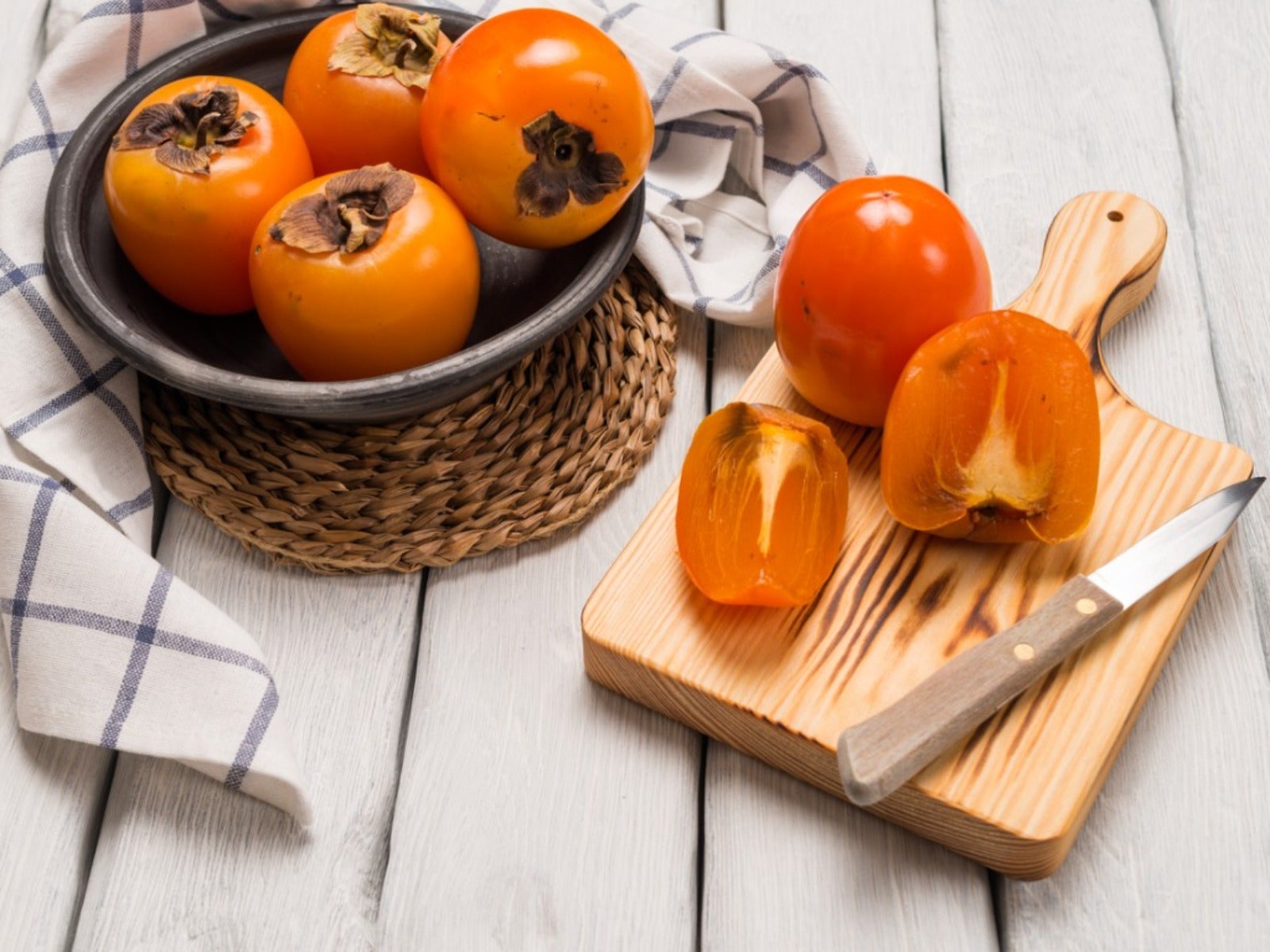 Cooking With Persimmons
Cooking With PersimmonsWant to use persimmons in the kitchen? Click here to learn how to harvest and prepare this fall favorite fruit.
By Amy Grant
-
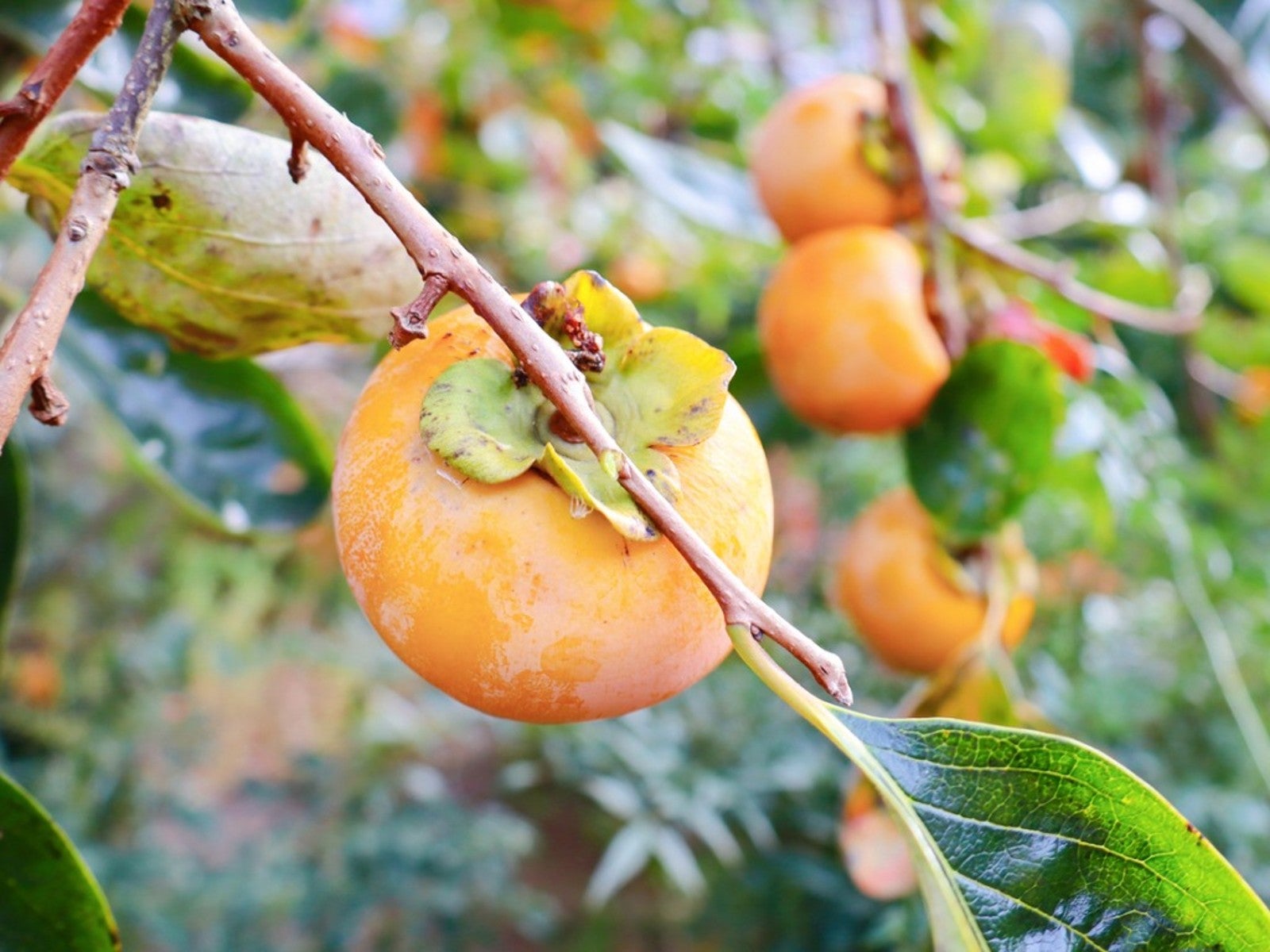 Growing Persimmons In Pots: How To Grow A Persimmon Tree In A Pot
Growing Persimmons In Pots: How To Grow A Persimmon Tree In A PotContainer growing works with many types of fruit trees including persimmon trees. And planting persimmon trees in pots can solve a lot of problems. Read on for more details about how to grow a persimmon tree in a pot on the patio.
By Teo Spengler
-
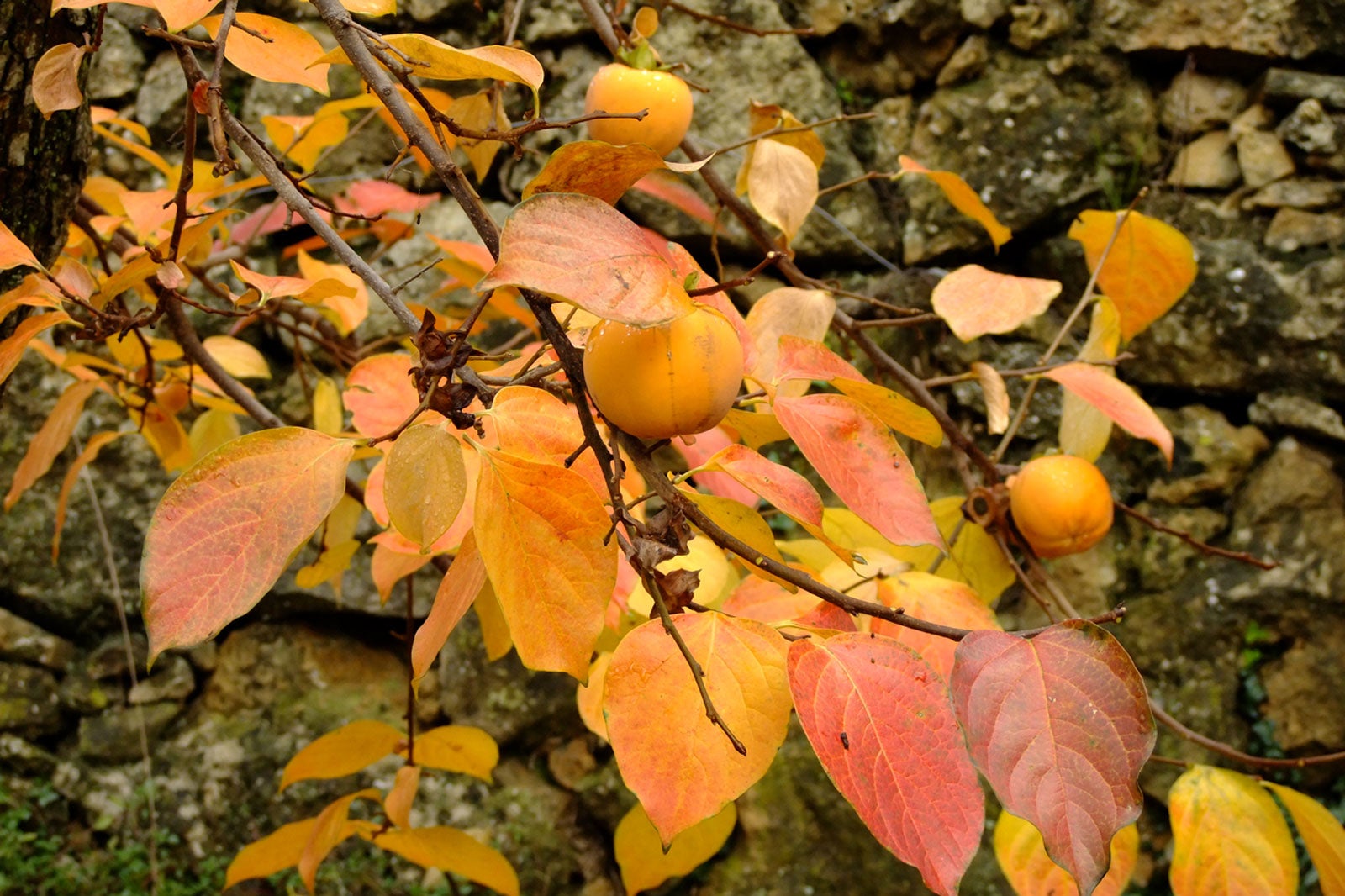 Persimmon Leaf Drop – Why Is Persimmon Tree Losing Leaves
Persimmon Leaf Drop – Why Is Persimmon Tree Losing LeavesA popular tree for home orchards is persimmon trees. These delightful, little trees suffer few serious diseases or pests and are relatively easy to care for. However, if you notice your trees losing leaves, there could be a few reasons behind the cause. Learn more here.
By Teo Spengler
-
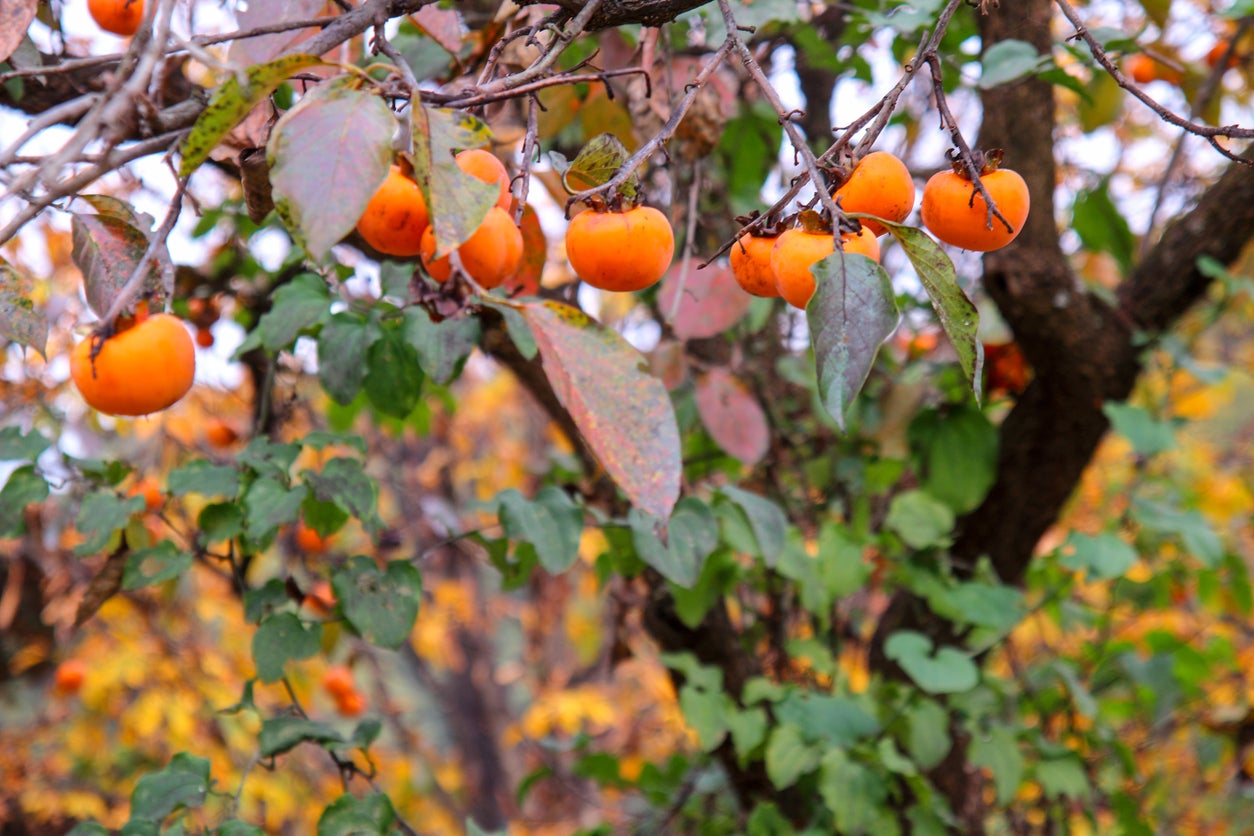 Fertilizing Persimmon Trees: Learn About Feeding A Persimmon Fruit Tree
Fertilizing Persimmon Trees: Learn About Feeding A Persimmon Fruit TreeHow much fertilizer does a persimmon tree need? The rules for fertilizing persimmon trees are a little different than those for other fruit trees and experts differ on the need for persimmon fertilizer. Click here for more information on persimmon tree feeding.
By Teo Spengler
-
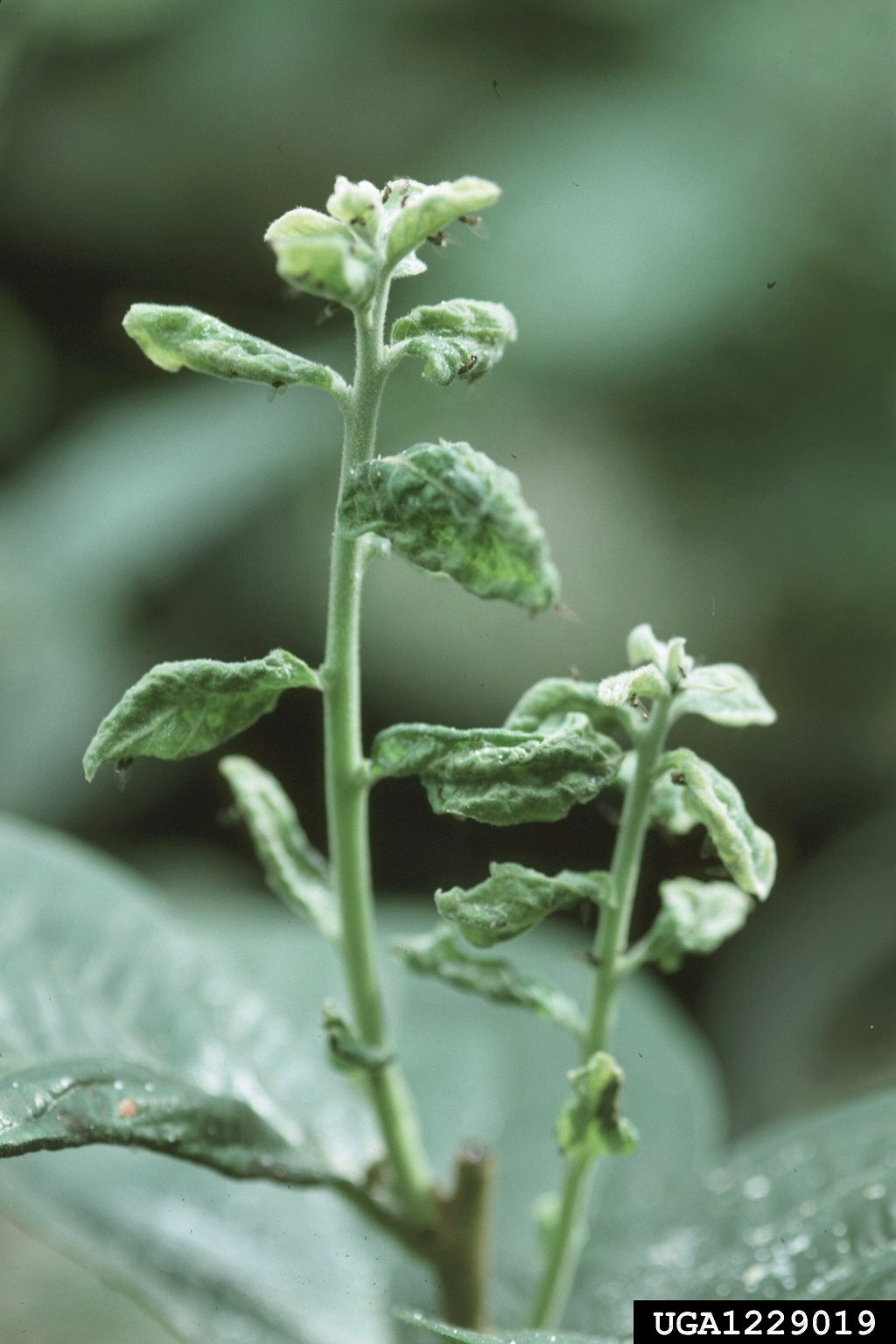 Curled Persimmon Leaves – Why Persimmon Leaves Are Curling
Curled Persimmon Leaves – Why Persimmon Leaves Are CurlingAlthough persimmon trees are generally durable and easy to grow, persimmon leaf curl is an indication that something isn’t quite right. If you’ve noticed curled persimmon leaves, careful troubleshooting is in order. Find reasons for curling leaves on persimmons here.
By Mary H. Dyer
-
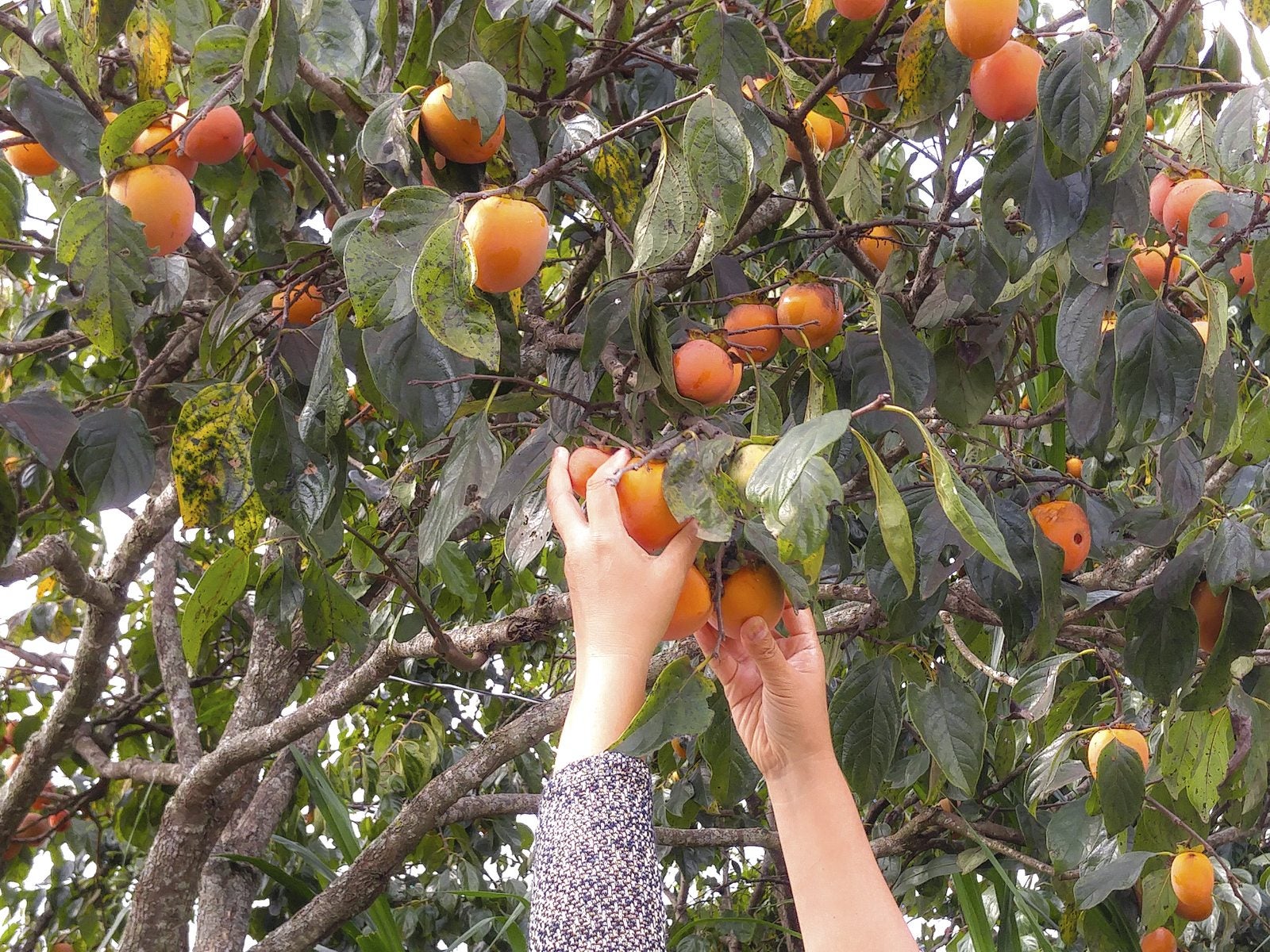 When Are Persimmons Ripe: Learn How To Harvest Persimmons
When Are Persimmons Ripe: Learn How To Harvest PersimmonsWhen they are less than perfectly ripe, they are terribly bitter, so knowing when to pick persimmons at their peak is essential. But how do you know when persimmons are ripe? Click this article to find out about harvesting persimmon fruit.
By Amy Grant
-
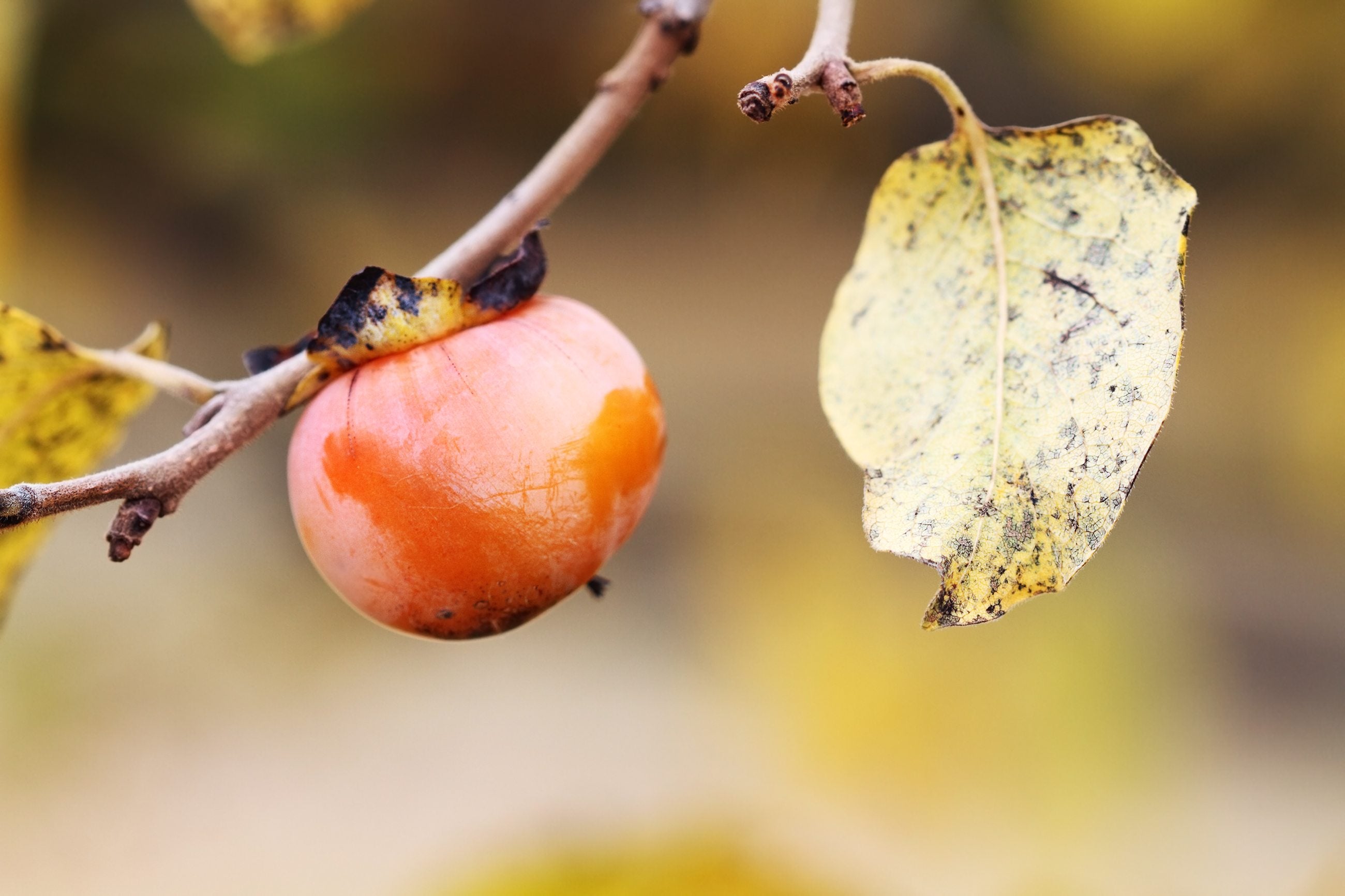 Persimmon Tree Diseases: Troubleshooting Diseases In Persimmon Trees
Persimmon Tree Diseases: Troubleshooting Diseases In Persimmon TreesPersimmons have no serious insect or disease problems, so there is no need to spray regularly. That doesn't mean that your tree won't occasionally need help, however. Click here for information about diseases in persimmon trees.
By Teo Spengler
-
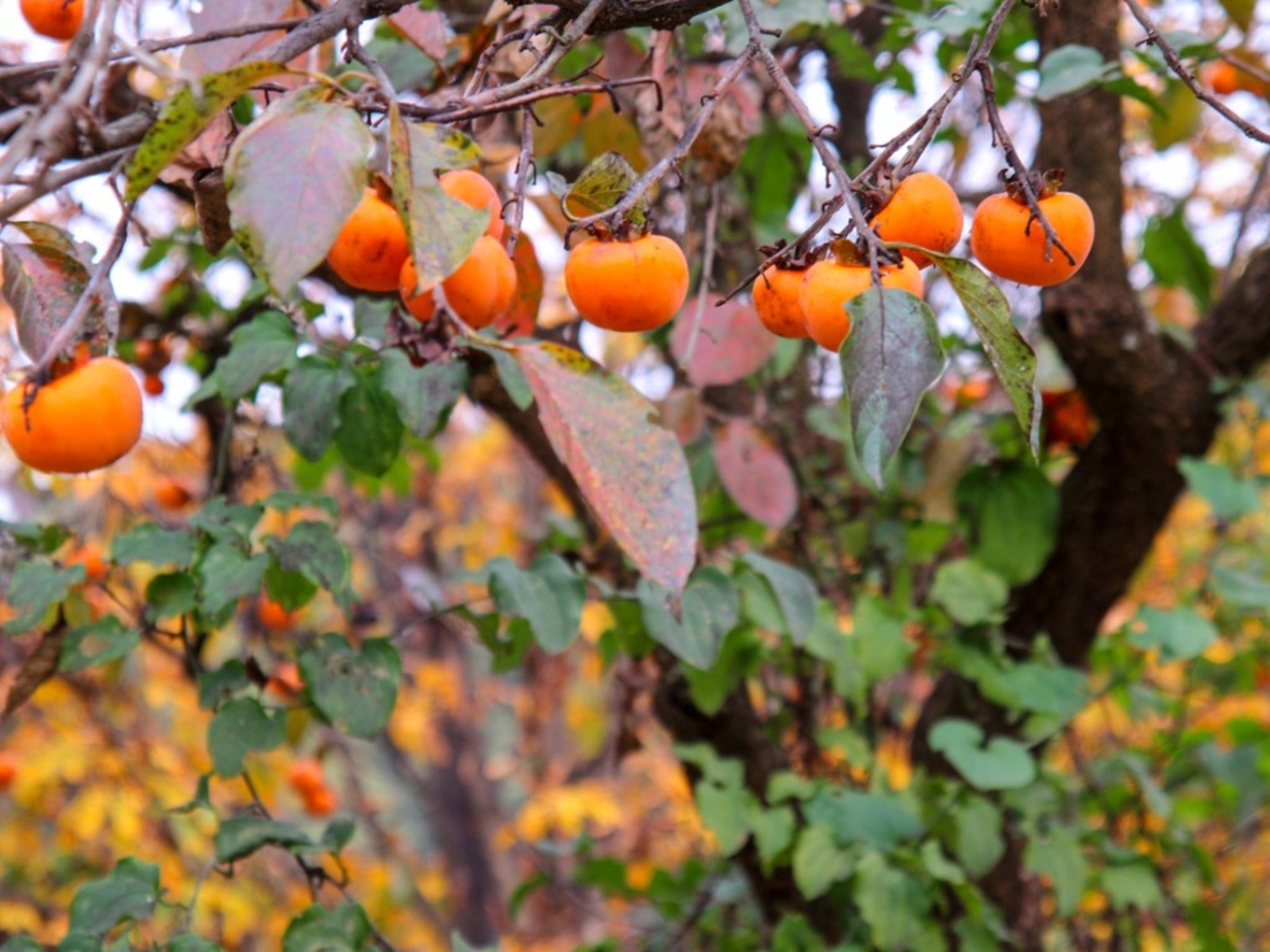 American Persimmon Tree Facts – Tips On Growing American Persimmons
American Persimmon Tree Facts – Tips On Growing American PersimmonsAmerican persimmons aren't as popular as their Asian cousins, but many people think they're tastier. Click for more.
By Teo Spengler